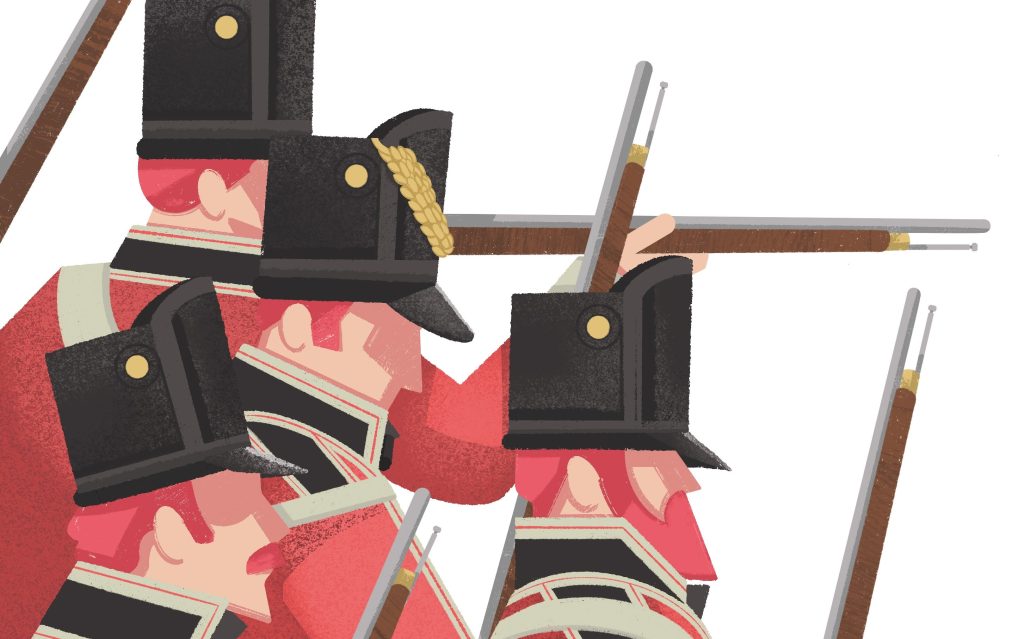William Boyd is perhaps best known for his novel Any Human Heart, which charts the adventures of Logan Mountstuart throughout the twentieth century. Mountstuart marries well, divorces, annoys the Duke of Windsor, is imprisoned, becomes an art dealer in America and has sundry diverting escapades. It’s a warm, impassioned and involving narrative, and Boyd winningly returns to a similar formula in his latest book, The Romantic.
The prologue presents The Romantic as a fictionalized biography, reconstructed from notes and maps left behind by its subject. All biography, says Boyd, is by its nature fictional. Indeed, say I; the best lives, such as Richard Holmes’s transporting account of the poet Samuel Taylor Coleridge (which The Romantic resembles) read like novels. Boyd’s title can be interpreted in many ways: it refers to the affairs of the heart which trouble its hero; to the Romantic movement of the nineteenth century, led by the poets Shelley and Byron (who play a part in the proceedings), which placed the individual’s sensations at the center of the world; and to the novel as a genre in and of itself, descending as it does from the classical and medieval romances.
We are taken, willingly, to the early nineteenth century. Our hero, the orphaned Cashel Greville Ross, lives with his governess aunt in a cottage on the estate of a glamorous Irish baronet. As a little boy, playing in the woods, Cashel meets a tall man dressed in black, riding a black horse: he intuits an image of death, and his life will shove him into many near-fatal situations.
The novel’s broad themes are the rapid ructions of society and industry during the nineteenth century. The cottagers who live in poverty behind the baronet’s mansion will soon take ship for the promise of America; the mansion will be sold to pay off mounting debts. Cashel’s fortunes rely on a mixture of the aristocratic, the mercantile, the militaristic, the criminal and the colonial, as he discovers the truth about his parentage and embarks on a series of adventures which take him from the field of Waterloo (where he misses the action, but is wounded by a lancer) to his eventual death as an old man at a railway station (a nice little tip of the hat, there, to Tolstoy). Linked to these societal rumblings are ideas of identity — Cashel’s name changes several times depending on his circumstances (and, sometimes, who’s looking for him).
With gleeful skill, Boyd evokes the indignities, horrors and thrills of Waterloo, where fighting was a matter of close contact, steel through flesh. Invalided from active duty, Cashel becomes a soldier for the East India Company, defending its mercantile prospects, though he spends most of his days at leisure. In India, however, he disobeys orders for noble reasons, putting him into a typically Boydean bind, as he is thus compelled to lie about why he must leave the army. Then, sojourning in Italy, he moves into his Romantic phase. The poets, castles, masked balls, carriages, hunting lodges and forests seem further back in time than the rest of the world, and all provide a perfect backdrop for meeting the love of his life, a beautiful contessa unhappily married to an invalid.
The contrast between these sections, lush and louche, and the next stages of Cashel’s life are finely grained. He takes passage for America and buys a farm. Old Europe is corrupt and dying; fresh prospects mean a new way of living. The world is moving on: women like the contessa, entirely reliant upon their husbands, are becoming outdated; Cashel’s American inamorata, a responsible, hardworking widow in her forties, is the woman of the future. Further adventures take Cashel to Africa in search of the source of the Nile, back to Britain as a Coleridge-like opium addict giving lectures about his trip — the book’s least developed strand — and to Italy again. Always he yearns for the contessa.
Boyd’s storytelling drive is immensely powerful, guiding the reader along through his majestic historical sweep. If there is a fault, it’s that Cashel himself doesn’t quite come alive in the way Logan Mountstuart did. He seems a little shadowy: though he is often unwittingly aided by the nefarious and violent actions of his brother, Hogan, he hardly stops to consider the moral consequences of accepting his help.
But that isn’t enough to disrupt the sheer pleasure of The Romantic. It’s as if Boyd has distilled the essence of centuries of novel-writing: we embark with Henry Fielding and William Thackeray, Jane Austen and the Italian gothic novels of Mrs. Radcliffe, reaching Henry James and Edith Wharton, and pointing toward the more complicated future of Joseph Conrad. Boyd is having immense fun here, and so will you, beguiled by Cashel’s constant passion for his contessa, and reveling in the detailed evocations of times long gone.
This article was originally published in The Spectator’s August 2023 World edition.

























